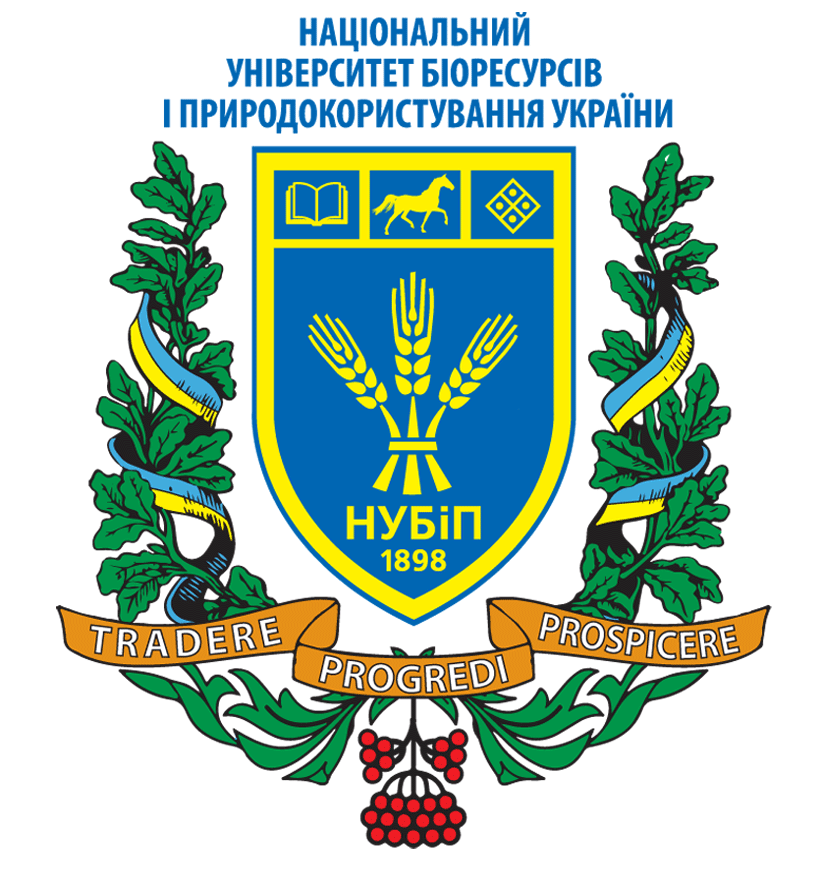Institutional structures and fair power supply: Consequences for underserved populations in Ilkiding'a Ward, Arusha Region, Tanzania
DOI :
https://doi.org/10.51867/asarev.2.1.12Mots-clés :
Equitable and Fair Power Supply, Ilkiding'a Ward, Institutional Structures, Tanzania, Underserved PopulationsRésumé
This study investigated the influence of computer programs on the learning outcomes of learners with disabilities in public comprehensive schools in Saboti Sub-County, Kenya. The study was guided by the Universal Design for Learning (UDL) framework, which focuses on providing multiple ways for learners to engage, access information, and demonstrate understanding to accommodate diverse needs. A descriptive research design was employed to conduct the study. The study examined 1,509 respondents from 13 public comprehensive schools in Saboti Sub-County. Using the Krejcie and Morgan Table, it was determined that a sample of 310 participants would be sufficient. From this sample, 297 learners with disabilities were selected using stratified random sampling, and 13 heads of institutions were included purposely. Data were gathered through structured questionnaires given to the learners with disabilities, and interviews were conducted with the heads of institutions. For the quantitative responses, descriptive statistics and the chi-square test were used, while the qualitative responses were examined to identify common themes. The results showed that learners with disabilities gained benefits from computer programs such as Access to Math, Live Scribe, and Big Calc. Many learners with disabilities reported that these tools helped them understand the material better, and there was a visible connection between using the programs and improved academic results. The study concludes that computer programs can support learning effectively, but teachers need adequate training, and schools should improve ICT facilities to maximize these resources.
Références
Bishoge, O. K., Kombe, G. G., & Mvile, B. N. (2020). Community participation in the renewable energy sector in Tanzania. International Journal of Sustainable Energy Planning and Management, 28, 121-134. https://doi.org/10.5278/ijsepm.4477
DiMaggio, P. J., & Powell, W. W. (1983). The iron cage revisited: Institutional isomorphism and collective rationality in organizational fields. American Sociological Review, 48(2), 147-160. https://doi.org/10.2307/2095101
Energia. (2020). Gender and energy country briefs: Tanzania. https://www.energia.org/assets/2021/02/Country-brief-Tanzania_Nov2020_final.pdf
International Energy Agency, International Renewable Energy Agency, United Nations Statistics Division, World Bank, & World Health Organization. (2022). Tracking SDG 7: The energy progress report 2022. World Bank. https://trackingsdg7.esmap.org/data/files/download-documents/sdg7-report2022-full_report.pdf
International Energy Agency, International Renewable Energy Agency, United Nations Statistics Division, World Bank, & World Health Organization. (2023). Tracking SDG 7: The energy progress report 2023. World Bank. https://trackingsdg7.esmap.org/data/files/download-documents/sdg7-report2023-full_report.pdf
Jennifer, M., Anku, E., Researcher, I., Asia, S., & Asia, E. (2025). Barriers to renewable energy adoption in Sub-Saharan Africa: A stakeholder perspective (pp. 1-17).
Keshavadasu, S. R. (2023). Regulatory and policy risks: Analyzing the uncertainties related to changes in government policies, regulations, and incentives affecting solar power project development and operations in Kenya. Energy Policy, 182, 113760. https://doi.org/10.1016/j.enpol.2023.113760
Matimbwa, H., & Mng, M. E. (2024). Household welfare improvement in the Mbulu district of Tanzania: Does rural electrification. 1586-1597. https://doi.org/10.1039/d4va00259h
Omole, F. O., Olajiga, O. K., & Olatunde, T. M. (2024). Challenges and successes in rural electrification: A review of global policies and case studies. EST Journal, 5(3), 1031-1046. https://doi.org/10.51594/estj/v5i3.956
Sergi, B., Babcock, M., Williams, N. J., Thornburg, J., Loew, A., & Ciez, R. E. (2018). Institutional influence on power sector investments: A case study of on- and off-grid energy in Kenya and Tanzania. Energy Research & Social Science, 41, 59-70. https://doi.org/10.1016/j.erss.2018.04.011
Tanzania Invest. (2025). Dar es Salaam energy declaration. https://www.tanzaniainvest.com/energy/dar-es-salaam-energy-declaration-electrification-goals
United Nations. (2023). The Sustainable Development Goals report 2023: Special edition (pp. 37-39). https://sdgs.un.org/sites/default/files/2023-07/The-Sustainable-Development-Goals-Report-2023_0.pdf
World Bank Group. (2022). Changing lives and livelihoods in Tanzania, one electricity connection at a time. https://www.worldbank.org/en/news/feature/2022/06/28/changing-lives-and-livelihoods-in-tanzania-one-electricity-connection-at-a-time
World Bank Group. (2024). IDA and Tanzania: A focus on people, cities, and public institutions for a better future. https://projects.worldbank.org/en/results/2024/01/05/ida-and-afe-tanzania-a-focus-on-people-cities-and-public-institutions-for-a-better-future
World Bank. (2023). World Bank annual report 2023: A new era in development. http://hdl.handle.net/10986/40219
Téléchargements
Publié
Numéro
Rubrique
Licence
© Sumayyah Rashid Hussein, Dr. D.Kamugisha (Author) 2025

Cette œuvre est sous licence Creative Commons Attribution - Pas d'Utilisation Commerciale 4.0 International.



















